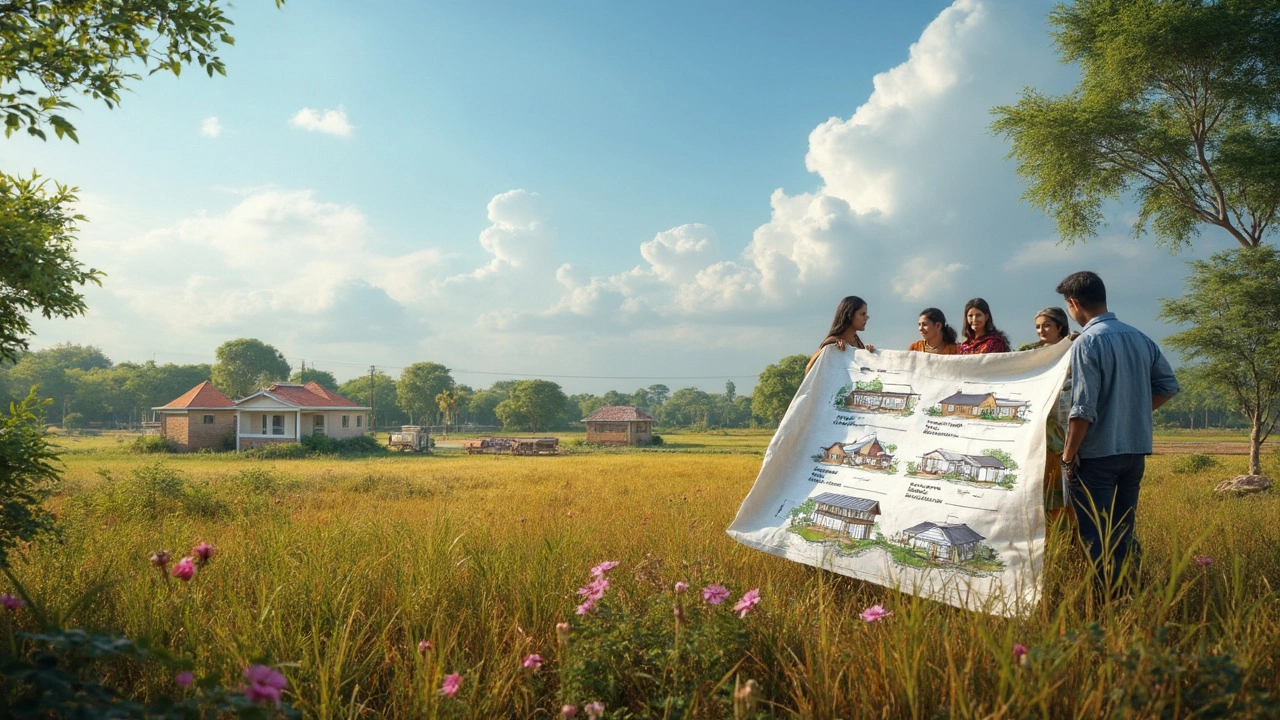Building on Land in Shriram Chirping Woods: What You Need to Know
If you’ve bought a plot in Shriram Chirping Woods and are ready to raise a house, you’ve probably got a mix of excitement and questions. Where do you start? Which approvals are mandatory? How much will the whole project cost? Let’s break down the process into bite‑size steps so you can move forward with confidence.
Getting Started: Permissions & Planning
The first thing to sort out is paperwork. Even if the land looks ready, the local authority requires a set of clearances before any foundation can be laid. You’ll need a land‑use certificate, building plan approval from the municipal office, and environmental clearance if your plot is near a green zone. A good tip is to hire a local consultant who knows the exact forms and can speed up the back‑and‑forth with officials.
Once the permits are in hand, draw a rough layout of your house. Think about the number of rooms, where the kitchen will sit, and how you want natural light. It helps to sketch on graph paper or use a free online tool – you don’t need a professional architect at this stage, just a clear vision that you can later refine.
Design, Budget & Execution
With approvals ready, the next step is budgeting. Break the total cost into three buckets: construction, finishes, and contingency. Construction includes foundation, walls, roof, and basic plumbing and electrical runs. Finishes cover tiles, paint, fixtures, and fittings. Set aside at least 10‑15% of the total as a contingency for unexpected expenses – delayed material delivery or minor design changes are common.Choosing a contractor is where many first‑time builders stumble. Ask for at least three quotes, check past projects, and verify that the contractor has a valid labor license. A written agreement that outlines milestones, payment schedule, and penalties for delays is a must.
During the build, stay involved. Visit the site weekly, ask for progress photos, and keep a simple checklist: foundation completed? walls up? roof sealed? This way you catch issues early before they snowball into big problems.
When the structure is ready, focus on interiors. In Shriram Chirping Woods, many buyers prefer a mix of modern finishes with natural elements that blend with the surrounding greenery. Light‑colored tiles, wooden flooring in living areas, and large windows can keep the house bright while saving on energy bills.
Finally, don’t forget the post‑construction steps. Obtain an occupancy certificate from the local authority, register the completed house with the land records office, and set up utilities like water and electricity. This paperwork ensures that your new home is legally recognized and ready for move‑in.
Building on land can feel overwhelming, but breaking it into permits, planning, budgeting, and execution makes it manageable. Use the articles in this tag for deeper dives – from cost guides for 2BHK flats in Mumbai to how to calculate commercial property value. Each piece adds a piece to the puzzle, helping you turn a vacant plot into a cozy home you’ll enjoy for years.

Cheapest House Options for Your Land
Buying land is just the first step; deciding what type of house to build is equally important, especially if you're budget-conscious. This article explores the most affordable house options to place on your land. From modest prefabs to tiny homes, we delve into the choices that won't burn a hole in your pocket. Get informed on how to get your living space without stretching your budget too thin.




